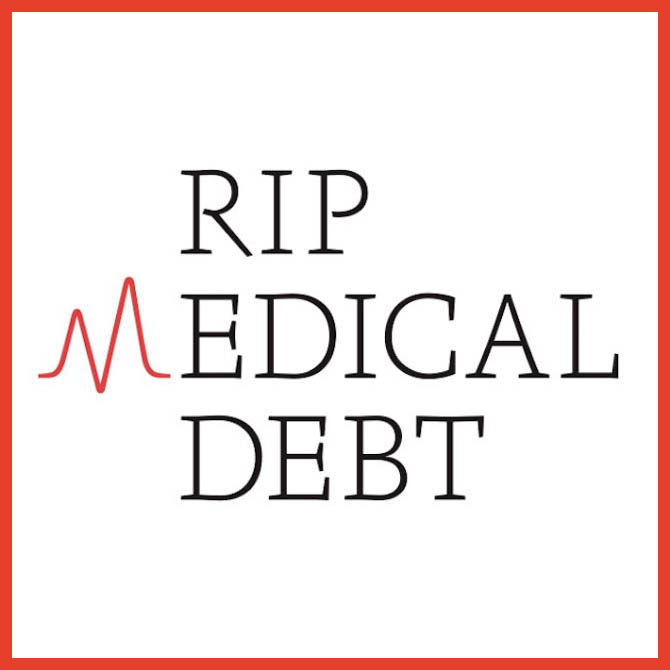 It may come as somewhat of a surprise to entrepreneurs and hopeful business giants within our community (is the next Tesla lurking here?) that there is a major question to which startups and charities are equally subject to when approached by major donors: are you scalable?
It may come as somewhat of a surprise to entrepreneurs and hopeful business giants within our community (is the next Tesla lurking here?) that there is a major question to which startups and charities are equally subject to when approached by major donors: are you scalable?
Modest goals and limited growth possibilities do not attract major donors – those in the million-dollar-plus stratosphere – any more than will a start-up attract major investors.
My decades of business experience did not prepare me as a charity to answer those questions. It didn’t take long for me and RIP Medical Debt’s co-founder – Craig Antico – to get the point. If you cannot demonstrate that you can Go Big – you will Go Home.
We had already set an ambitious goal and had a pretty good idea of how to scale our work (it required a lot more software and data work than we imagined), but how do you convince a major investor or donor?
Do a great job on smaller projects and progress on to larger ones. Success builds on success. This is a marathon, not a sprint.
We rethought the traditional collection agency software that we repurposed from sending out collection letters to sending out forgiveness letters. Working with data scientists supplied by a major partner, TransUnion, we learned how to better “scrub” accounts to locate exactly the people needing our help. From having our family stuff and lick envelopes at the kitchen table for a few hundred accounts at a time, our volume increase enabled us to outsource to a mailing house.
Always in our mind was the need to improve scalability.
Today, RIP can search through billions of dollars of medical debt portfolios and locate precisely those people deserving of and needing charity. Where once we sent out forgiveness letters monthly, we can now send thousands of them practically at will.
Oh yes, the “impact” part. I modestly suggest that today’s businesses make “impact” as essential to your business plan as your profit margin. Corporations and their investors are moving past PR taglines of Corporate Social Responsibility into making that an essential part of their purpose.
Partnering with very small to very large enterprises putting their mission statements to the test, RIP has tallied to date over three billion dollars in medical debt forgiveness and touched the lives of close to two million individuals and families across the U.S.
LRT has set out its own audacious goal and emulate RIP’s success: create $1 billion in measurable social benefit through the efforts of members of our community. How is that going to happen? Stay tuned.